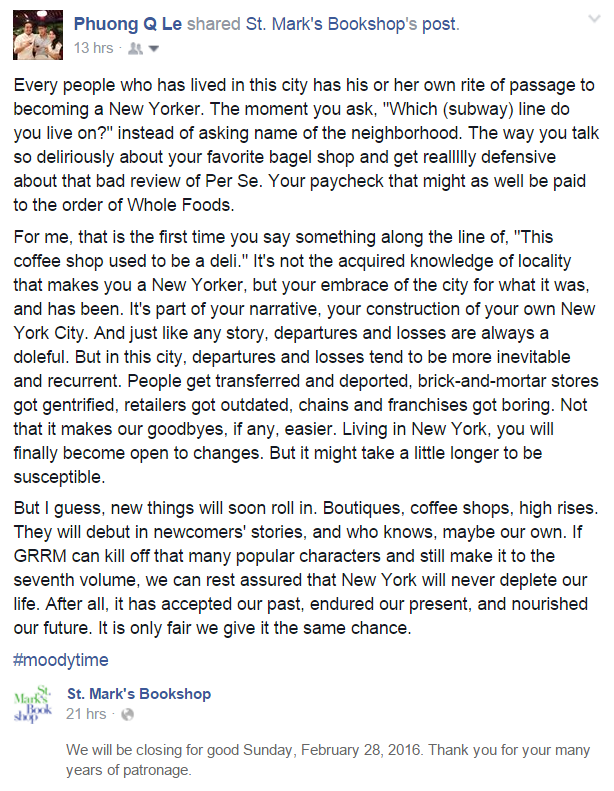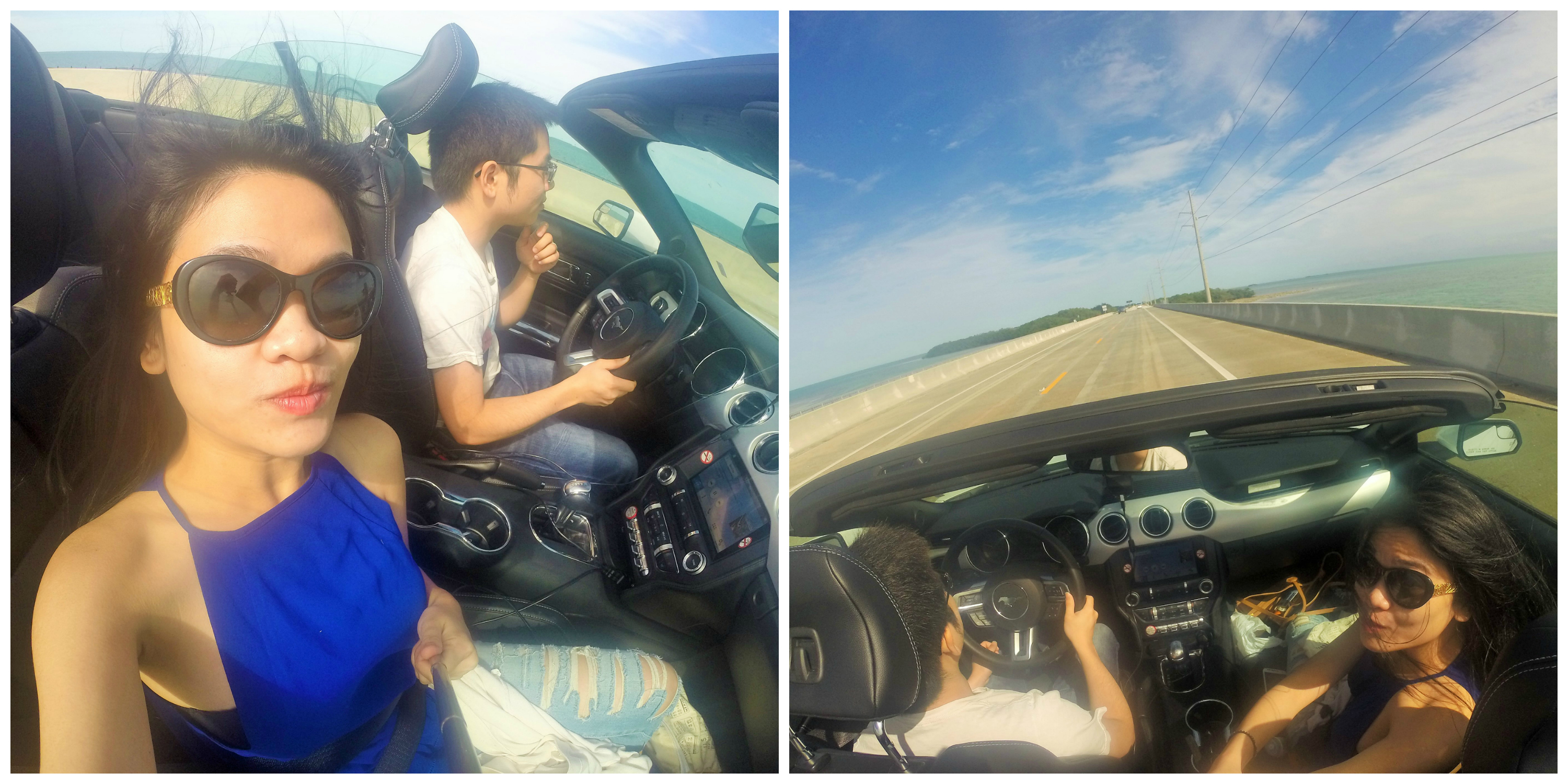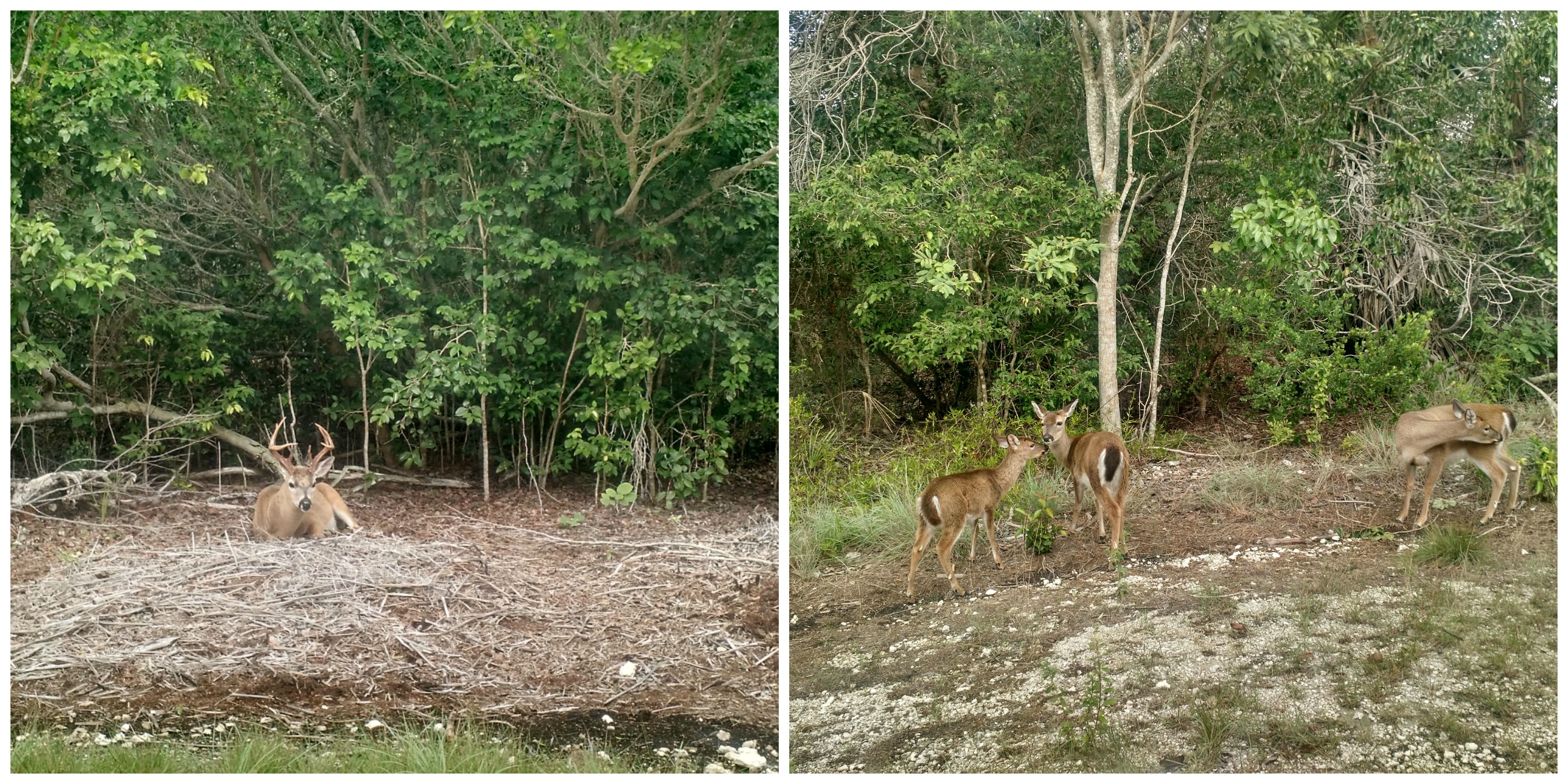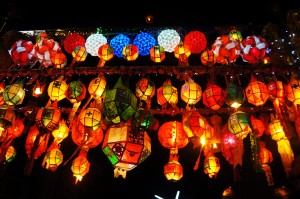Congressman John Lewis passed away on Friday (*). He was a leading force for justice and equality throughout his life. I don’t think I’m enough to talk about his heroism, but I want to honor his legacy of “good trouble” and write about the two women whom I think substantially embraced that spirit: Toni Morrison & Nina Simone.
(*) I’m also aware of Minister Cordy Tindell Vivian‘s demise on the same day but I’m ashamed that I didn’t know about him until the news. I will educate myself more.

The first time I listened to Nina Simone in a college course, my feeling was already concluded in one word. “Struck”. She wore a long black dress, her femininity contouring that of her preceding ladies of Jazz (namely, the mighty Holy Trinity – Ella Fitzgerald, Billie Holiday and Sarah Vaughan). But her voice, with an androgynous and unusually low timbre, are purely of her own, and none like any other before and after. The way her singing vibrates through, then cracks the space, felt like the first struck of lightning. Then, near the end of the song, she starts swirling her body as the drums drill out a no-nonsense beat. Her movement and manner, transgressive and refusing to be restricted by the dress, shudders the space and cracks it again, as if with high-voltage currents. That was the second struck, one to seal my ever-lasting gravitation to her.
Nina Simone (1933-2003) was born to a poor family in North Carolina. She started practicing the piano at 3 years old, and soon proved her virtuoso. At 12, during her first recital at a church, she saw her parents forced to move from the front row to the back of the hall to make way for white people. She refused to play until her parents were moved back to their front seats – and they were. Growing up in a former Confederate state, she must have experience racial discrimination long before that, but that incident was her turning point to get involved in the Civil Rights Movement. It taught her the power of resisting the power.
Nina was never silent, nor was she hesitant to express her rage. She wrote her most famous protest song, “Mississippi Goddam”, after black activist Medgar Evers was assassinated and 4 young black girls were killed in a bombing terrorism, both crimes committed by white supremacists. She emphatically spelled out her fear (“I think every day’s gonna be my last”), her hopelessness (“I’ve even stopped believing in prayer”), and her wrath (“Oh but this whole country is full of lies / You’re all gonna die and die like flies”) – tearing down Jim Crow institutions, loud and clear. Her black power is enunciated in every note, every breath, every pause, and every profanity. She went on to perform the song to a white-dominated audience in Carnegie Hall, then to 10,000 people at the end of the Selma to Montgomery marches (where Cong. Lewis was an organizer and leader).
Nina continued to record and perform many other protest songs that instantly became anthems for the Civil Rights Movement. She revived “I Wish I Knew How It Would Feel to Be Free” (and my other favorite version), and took it to another level, one that resonated with black Americans and their pursuit of identity.
I wish I knew how it would feel to be free.
I wish I could break all the chains holding me.
I wish I could say all the things that I should say.
Say ’em loud say ’em clear
for the whole wide world to hear.
People of different generations or stages of life would have their own way to relate to the song, but for me, the raw words of desire and the profoundness of the inquisition, most echo what Toni Morrison wrote in her magnificent novel Beloved (1987). “Freeing yourself was one thing; claiming ownership of that freed self was another.” Freedom, in Beloved, means more than just a legal status. Even though their emancipation were bought, or attempted at the risk of torture/death, the former slaves in the story never escape the burden of the past, engulfed with fear and pain. “Listening to the doves in Alfred, Georgia, and having neither the right nor the permission to enjoy it because in that place mist, doves, sunlight, copper dirt, moon – everything beloved to the men who had the guns. […] So you protected yourself and loved small. Picked the tiniest stars out of the sky to own; lay down with head twisted in order to see the loved one over the rim of the trench before you slept. Stole shy glances at her between the trees at chain-up. Grass blades, salamanders, spiders, woodpeckers, beetles, a kingdom of ants. Anything bigger wouldn’t do. A woman, a child, a brother – a big love like that would split you wide open in Alfred, Georgia. He knew exactly what she meant: to get to a place where you could love anything you chose – not to need permission for desire – well now, that was freedom.”
As I am teaching myself about racism and antiracism, I keep thinking about what freedom means to African-Americans, in the past centuries, in the past decades, in the past months, and in the past weeks. Freedom has come a long way since, yet still it seems ephemeral for them. Equality is printed on the dotted line, but oppression is imprinted in their every movement (such as jogging, sleeping, relaxing at home, holding a cellphone). The woes of black life – and their unwavering resilience, even to this day, are stranger than fiction, yet Toni & Nina managed to capture them through unflinching, articulate, and vivid depictions. It’s not their canonical stature as the echoing sounds of black Americans – but their intrepid and unapologetic artistry, along with their fierce-and-rapturous spirits – that always make me feel like the two women must have had a gravitating solidarity towards each other. As much as Nina was deemed the “High Priestess of Soul”, Toni was its deserving Holy preacher.
Toni Morrison (1931-2019) was a chief wordsmith, a literary architect. Her prose is so lyrical and sagacious, the incandescence and vernacularity in her characters’ speech often intensify like a big-band session, and her plot is enriched with spiritual concepts, critics have likened her writing to Jazz music. She did in fact write a novel titled Jazz, in which she employed the musical genre’s call-and-response format and enabled her characters to explore the same story with their own narrative. But her musicality transcends beyond one singular book; it always plays a central theme in her repertoire. In Songs of Solomon (1977), a novel constructed around racial and class tensions, music is the spiritual guidance for Milkman, a privileged and disassociated young man, on his self-discovery and reconnection with his roots, his family history. Singing is the healing power for Pilate, a woman born with a missing navel, to articulate her sense of self-worth, emotions, and affinity to the deceased. Whether she sounds like “little round pebbles that bumped up against each other” or trumpets “like an elephant who has just found his anger”, her “powerful contralto” echoes throughout the novel.
(On a side note, Toni described Pilate’s voice the way I wish I could describe Nina’s voice. Hoarse, raspy, overpowering, unpleasant sometimes, but still velvety and leaves ample space for raw vulnerability and emotions)
Similarly, Beloved’s Baby Suggs, the counterpart of Pilate, is the moral guide and spiritual healer to the people around her. In her famous reenactment of Sermon on the Mount in the clearing, she offers a spiritual caress to the masses, and urges them to love their bodies, especially their mouths, which have been so discounted by the whites.
“You got to love it, you! And no, they ain’t in love with your mouth. Yonder, out there, they will see it broken and break it again. What you say out of it they will not heed. What you scream from it they do not hear. What you put into it to nourish your body they will snatch away and give you leavins instead. No, they don’t love your mouth. You got to love it.”
Nina knew much about self-worth. Her blackness defined her; it is inescapable and intertwined in her artistry. In 1968, she recorded Ain’t Got No / I Got Life, and triumphantly reclaimed her black female body as her source of power and pride. Even when all the material possessions and fortune have left her, the way she enumerated her body parts (yes, her mouth included) – essentially meaning her freedom and life – turned a medley that was originally lifted from an eccentric hippie musical into a celebratory and cathartic moment of black consciousness.

But for a long time, the same blackness – her very dark skin, her wide nose, her full lips, her woolly hair – had debased her. So much that Hollywood cast the conventionally gorgeous Zoe Saldana to play her in her biopic, using dark make-up and a prosthetic nose to fabricate the resemblance. She was (made) fully aware of that. Four Women – a 1966 protest song, delves into the ever-deepening agonies inflicted on black women. The lyrics tell the stories of four women, each of whom embodies a African-American stereotype, and, in large, a damning consequence of slavery. Specifically, the first woman, Aunt Sarah, suffers from extreme violence by her owner, explicitly constant whippings on her back. That cruelty echoes the image of Beloved’s Sethe, who carries a scar in the shape of a chokecherry tree (which might not be too farfetched from the truth). But the lyrics also address how these women, confined by their skin tones, are oppressed by the Euro-centric, whitewashed standards of beauty and manners. That racialized perception of aesthetics is a pervasive undertone of racism and white supremacy, yet it is not discussed often enough.
Until Toni’s debut, The Bluest Eyes (1970), where she declared physical beauty to be one of the “most destructive ideas in the history of human thought.” The protagonist, Pecola Breedlove, grew up resenting her appearance because she blames it for the trauma in her life. Her only escape is to dream – for the bluest eyes in the whole world. The kind of blue eyes that Shirley Temple had on the media. The kind of blue eyes on the face of the girl on the wrapper of her favorite candies. The kind of blue eyes that would presumably frees her from her shameful blackness and her perceived ugliness. Via an omniscient and elegiac narrative, Toni walked readers through Pecola’s illusion of the blue eyes, as she wavered through pain, contempt, humiliation and self-hatred, and eventually, descended into insanity. But Pecola wasn’t the only one to fall victim to internalized racism. Most women in the story idealized whiteness as the paragon, and as a result, exhibited an anti-Black self-perception. From Pecola’s mother – who escaped reality and sought fulfillment by submitting to a picture-perfect white family, to Geraldine, an educated light-skinned woman, who projected on herself and her family an embodiment of “white” values. Geraldine made concerted efforts to erase any trace of black stereotypes, and ended up hating those who with these “funkiness”, to the point that she fabricated another layer of intersectionality, “Colored people were neat and quiet; n****rs were dirty and loud.”
“Four Women” was banned on a few radio stations because of (unwarranted) allegations that it perpetuated stereotypes about black women. “The Bluest Eyes”, too, was panned in several classrooms nationwide, due to its lewd contents against women. But Toni & Nina possessed the genius, and more importantly, the moxie, to exert malaise, and to break taboos. They paved a way off the rules-bounded, white-dominant path, and beckoned African-Americans, especially black girls, to the forefront. They assured the existence of black girls and black women, and reinforced their humanity. Throughout her repertoire, Toni made sure to explore their interiority – not via a patriarchal view, but through values that were intrinsic for their life. Black sisterhood, for example
In an interview with The Paris Review, Toni claimed that in the 70s, platonic relationships between women were considered secondary to a (heterosexual) romantic relationship, and the idea of female friends “talking only about themselves to each other” seemed unwonted. Sula (1973) challenged that common notion/preference.
“The men who took her to one or another of those places had merged into one large personality: the same language of love, the same entertainments of love, the same cooling of love. Whenever she introduced her private thoughts into their rubbings or goings, they hooded their eyes. They taught her nothing but love tricks, shared nothing but worry, gave nothing but money. She had been looking all along for a friend, and it took her a while to discover that a lover was not a comrade and could never be–for a woman.”
Sula has been interpreted in numerous way, but for me, a woman who has been actively trying to read more women writing about women as their own agent (back in March, I compiled a Women’s History Month reading here), its theme on the paradox and binary between good and evil, right and wrong only serves as the gateway for its powerful depictions of Nel and Sula’s friendship. “Their meeting was fortunate, for it let them use each other to grow on. […] they found in each other’s eyes the intimacy they were looking for.” In a racist and sexist society that systematically diminishes their personhood, they rely on each other to seek liberation, freedom and self-actualization, even as they later drift apart because of patriarchal obstructions. By portraying the complexities and vicissitudes in their relationship, Toni makes me – us – aware of what women are capable of achieving when they stand in solidarity to fight the patriarchal subjugation.
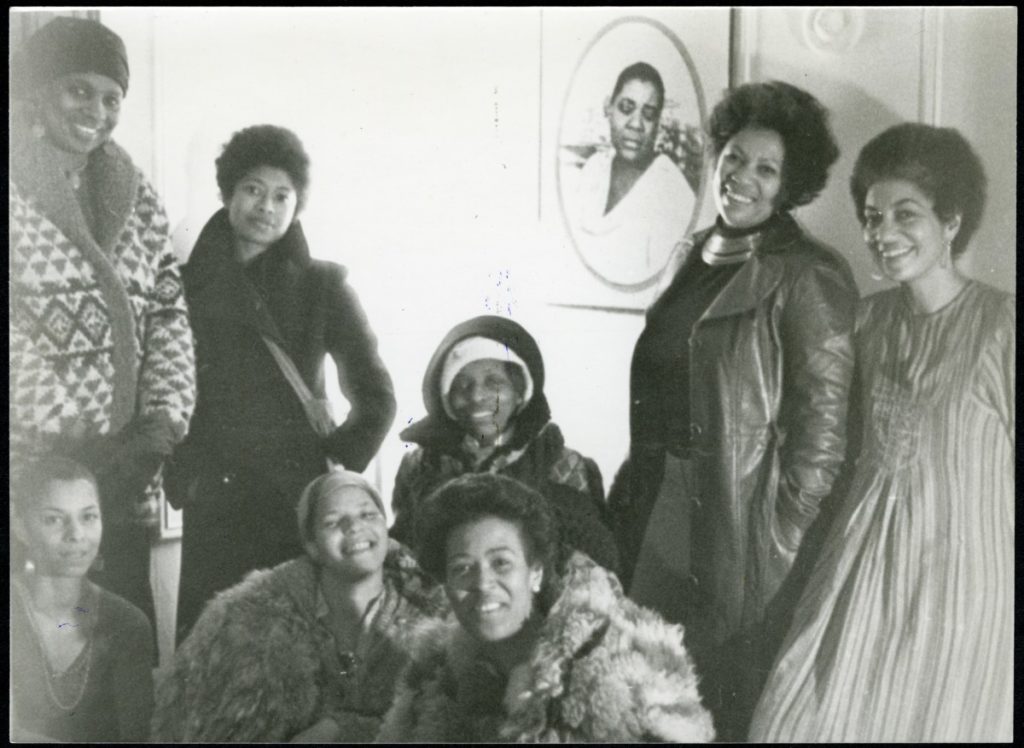
Nina showed what women are capable of achieving when they stand in solidarity to fight the patriarchal subjugation (*). Her activism was simmering in the early 1960s, but it didn’t reach the boiling point until she met Lorraine Hansberry. At only 29 years old, Lorraine was the first African-American female writer to have a play performed on Broadway, then later, the youngest to ever win the New York Drama Critics’ Circle. In her memoir, Nina credited Lorraine for her political education, “We never talked about men or clothes or other such inconsequential things when we got together. It was always Marx, Lenin and revolution — real girls’ talk. […] through her I started thinking about myself as a black person in a country run by white people and a woman in a world run by men.” Lorraine’s intellectuality and radicalism encouraged Nina to add a political dimension into her artistry, and together, they cultivated a vivacious black pride and black womanhood. After Lorraine passed away at the young age of 34, her writings were adapted into a play, titled “Young, Gifted and Black”, a phrase she previously used in a speech addressed to a group of black writing contest winners. The play went on to be the longest-running off-Broadway show that season. Seeing her face, her name, and her revolutionary spirits caught hold of Nina. She sat down at the piano, when the tune flowed out of her, while her bandleader scribbled some lyrics that “will make black children all over the world feel good about themselves, forever.”
Young, gifted and black
We must begin to tell our young
There’s a world waiting for you
This is a quest that’s just begun
(*) this is not an attempt to dismiss relationships between men and women. Nina and Lorraine also ran in a close-knitted circle with James Baldwin and Langston Hughes, as well as with other Black Intelligentsias)
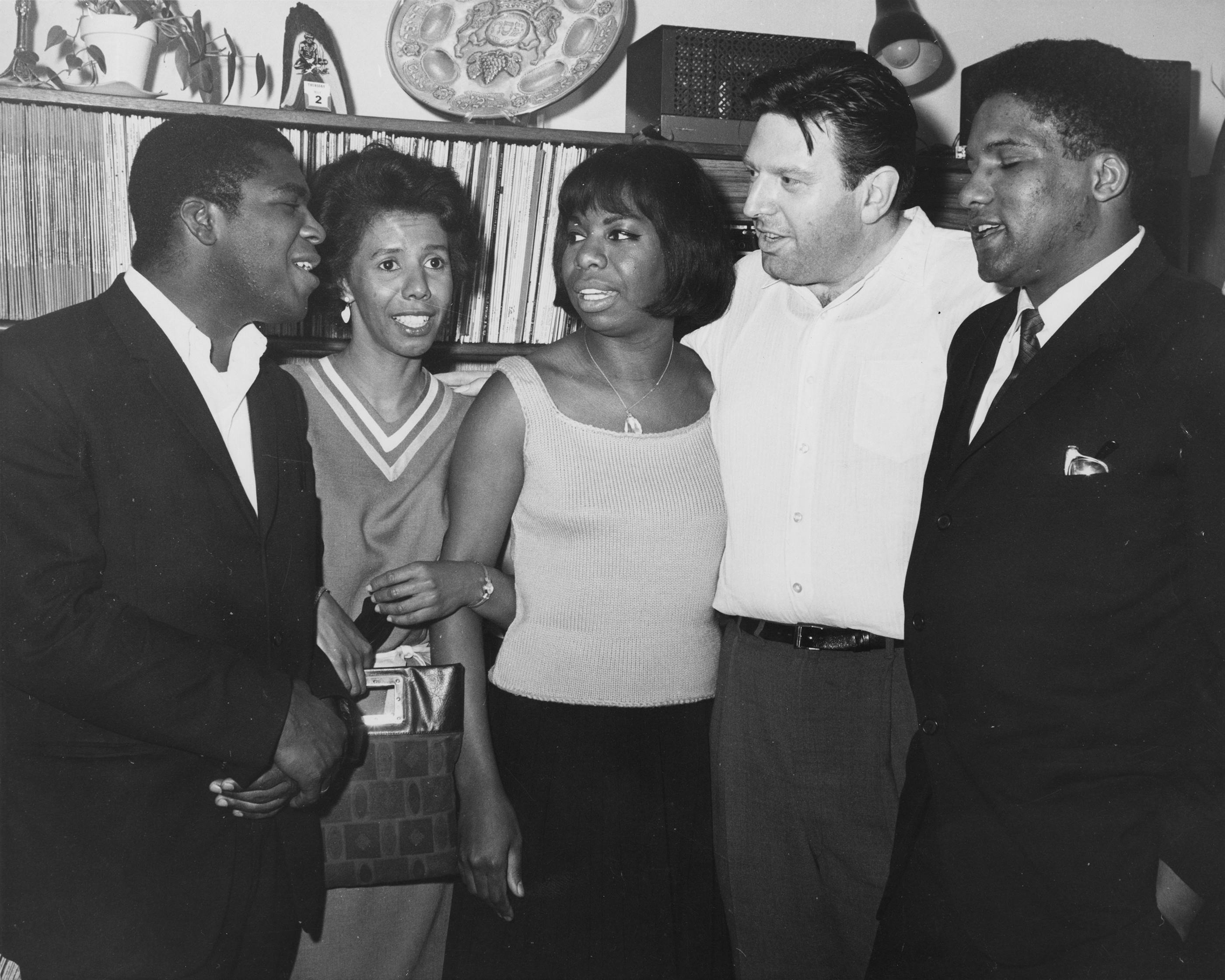
The eponymous song became a hymn of promise, elevating the motivation for the young generations. One of them being the Morehouse College audience, many of whom were women wearing their Afro hairstyle as large and as proudly as her. But her most memorable performance might have been on Sesame Street – on the set’s iconic brownstone, in an African gown and statement jewelleries, among 4 mesmeric black children. She promised them the future, acknowledged their power, and celebrated by raising their arms in victory and solidarity. I am unable to verify whether Toni & Nina ever met in person (albeit they expressed reverence for each other), but the worlds they constructed, the possibilities they proved, the fears they unravelled and the fearlessness they necessitated – should suffice. Their interconnectedness was neither isolated nor inadvertent. It’s their identity as a black woman writer/artist they fought so hard for. It’s their kindred alignment to the Civil Rights and Black Power movements. It’s the tales of black life that their language and rhythm are built on. They echo each other, but more importantly, they carry the collective weight of history, and echo the collective voice of the voiceless. They push us and challenge us to find out who we are and what we long for. They hold us captive and make us surrender our mind to their works, but in return, they also set us free with their emotional forces and their transcendent visions.
“Death is a sure thing but life is just as certain. Problem is you can’t know in advance,” wrote Toni in Home (2012). It’s hard to use past tenses for people whose consciences are still very much present, and prevails through generations of writers/artists, beyond races and genders. That inordinate vitality, we all definitely know.

